The HTC Inspire 4G is the first handset to utilize AT&T’s 4G HSPA+ network. AT&T’s 4G plans include support for HSPA+ (which is currently available in may markets) in addition to a rollout of a dedicated LTE network (scheduled to go LIVE by the end of Q2). Many were hoping that the HTC Inspire 4G would be equipped with LTE support, but we’re very disappointed to tell you that it doesn’t. For now, the HTC Inspire 4G will cruising on HSPA+, but that doesn’t mean AT&T won’t re-release the Inspire 4G later on with support for LTE.
So lets get down to the numbers. After running multiple speed tests, we’ve come to the conclusion that no one is going to be blow away by AT&T’s HSPA+ network speeds. The HTC Inspire 4G runs admirably, typically reaching download speeds around the 2 Mbps range and upload speeds of 500 Kbps. The fastest speeds we have seen over the past day have reached 4.5 Mbps, but those numbers are pretty rare.

If we compare those numbers to T-Mobile’s HSPA+ network, AT&T’s network clearly settles for second place. T-Mobile manages to push out data speeds that are 25-30% faster than what AT&T currently offers. But since most people don’t buy a new handset based on a network’s data speeds, we don’t things anyone will be too disappointed. Now that AT&T has released their first 4G phone, we’re hoping they will spend some additional time on network refinements so that users can take advantage of that fourth 4.
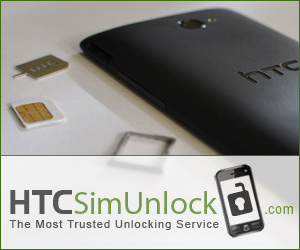



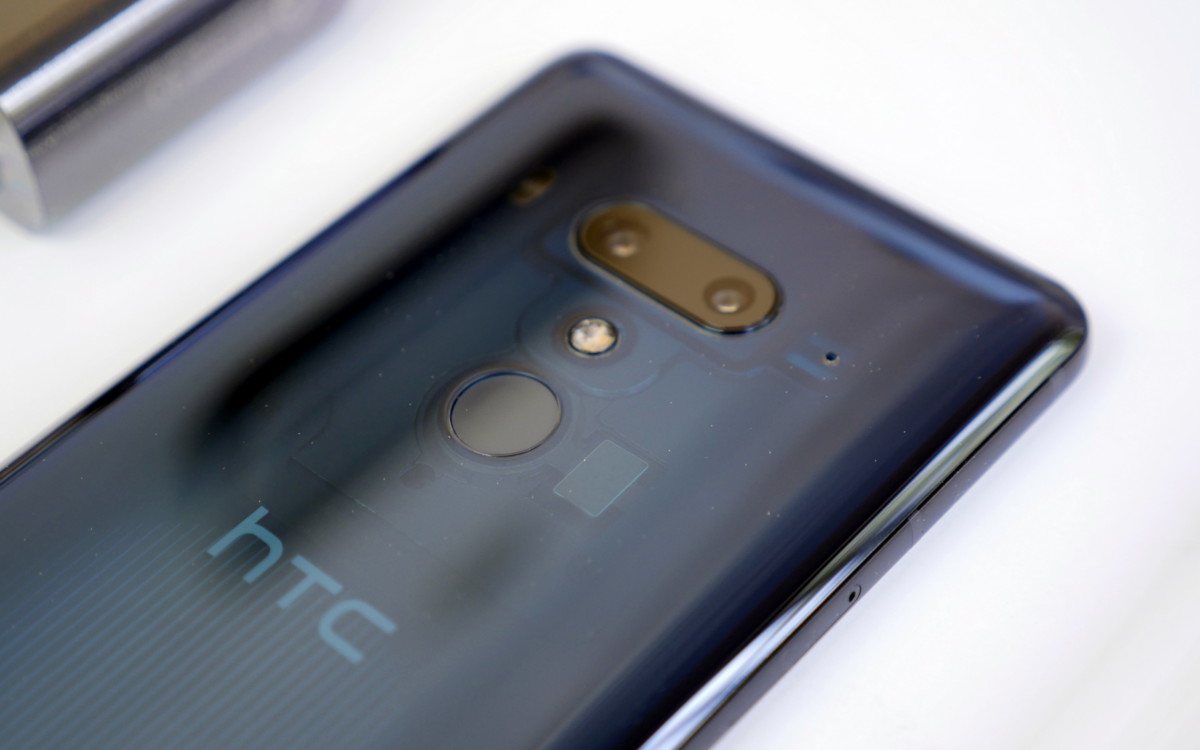





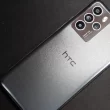
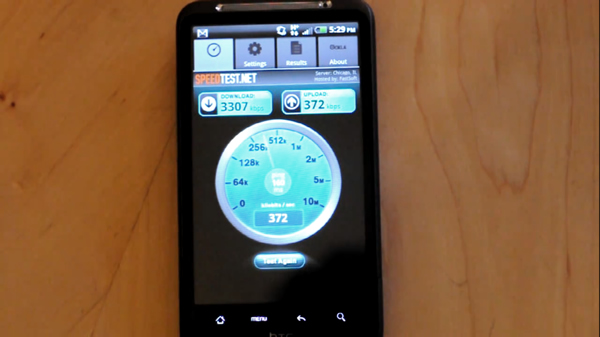


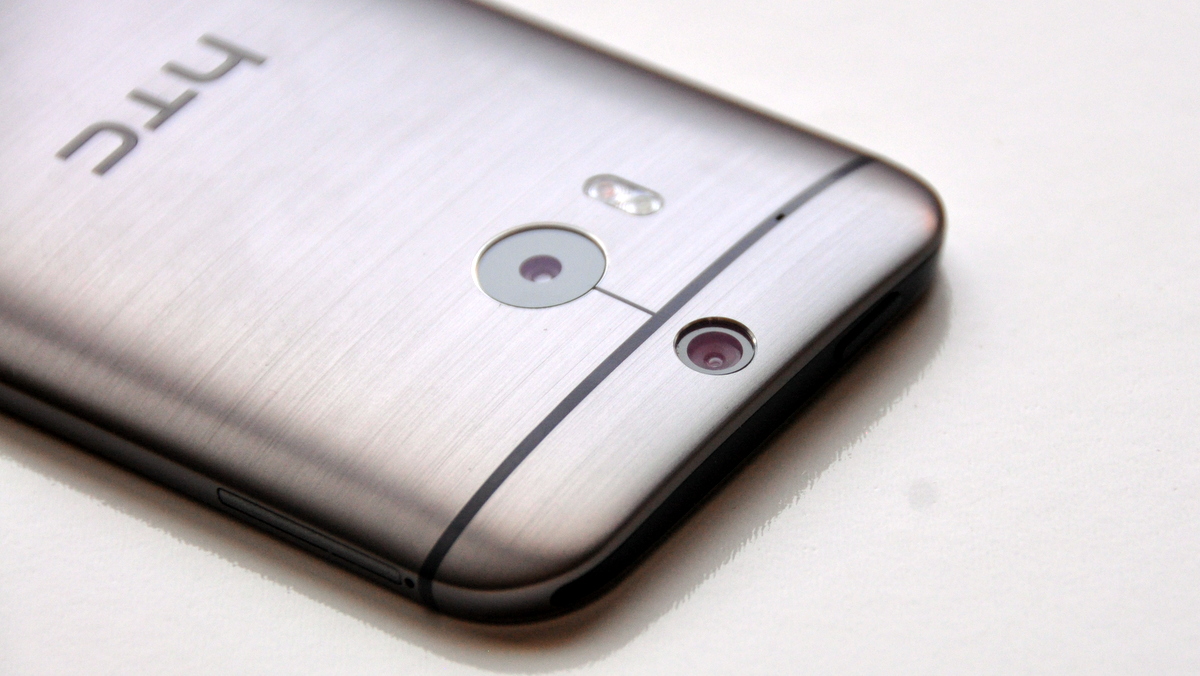
Bro the HSPA+ wont launch until March 1st the backhaul isnt finished for true speeds. So retest in march ok
T-Mobile Nexus One a non-hspa+ device: http://twitpic.com/3w5s2m
I don’t remember exactly where I heard this..but I do remember hearing something about having to turn on the HSPA+ radio in order to actually use it. While your phone maybe detecting the network, you may not be actually benefiting from it. Check your settings.
It’s amazing how many people don’t know what they are talking about. The so called “restricted speed” is programmed into the stock firmware, and not the hardware. It was a ruthless move, but it was made. Rooting it won’t change a thing. You need a customer ROM, also e.g. another kernel. (Clapping my hands.) You have to laugh to keep from crying these days. At&t knew that it would fill the masses, even some of the sales reps are unaware of it. They are arguing many of us down, telling us that the Atrix and Inspire are faster that any other phones they got. Ignorant isn’t bliss and it doesn’t pay to be unlearned. Bad move for the largest Telecommunications company in the country, if not the world. They are dishonoring that old name taking advantage of everyone using their service, especially people who know nothing about their technology and how it’s supposed to work.
That is, you need a custom ROM. I made a typo.
They knew that it would fool the masses. That’s probably why they did it. A lot of people that found out, took their phones back. I took mine back also. The HSUPA is capped at 300kbps and averages around that much. Since the upstream is partially restricted, I causes an average ping of 600 millisecond. That means trouble for application such as voice over IP that require adequate response times and round trips. At&t really did a number to us customers. I don’t really expect it to get better at this point. Should you?
The word to use here is “megabit” not “megabyte.” 😛
Whats up very cool web site!! Man .. Excellent .. Amazing .
. I will bookmark your site and take the feeds also? I am glad to search out so many
useful information here within the post, we’d like work out more strategies on this regard, thank you for sharing. . . . . .